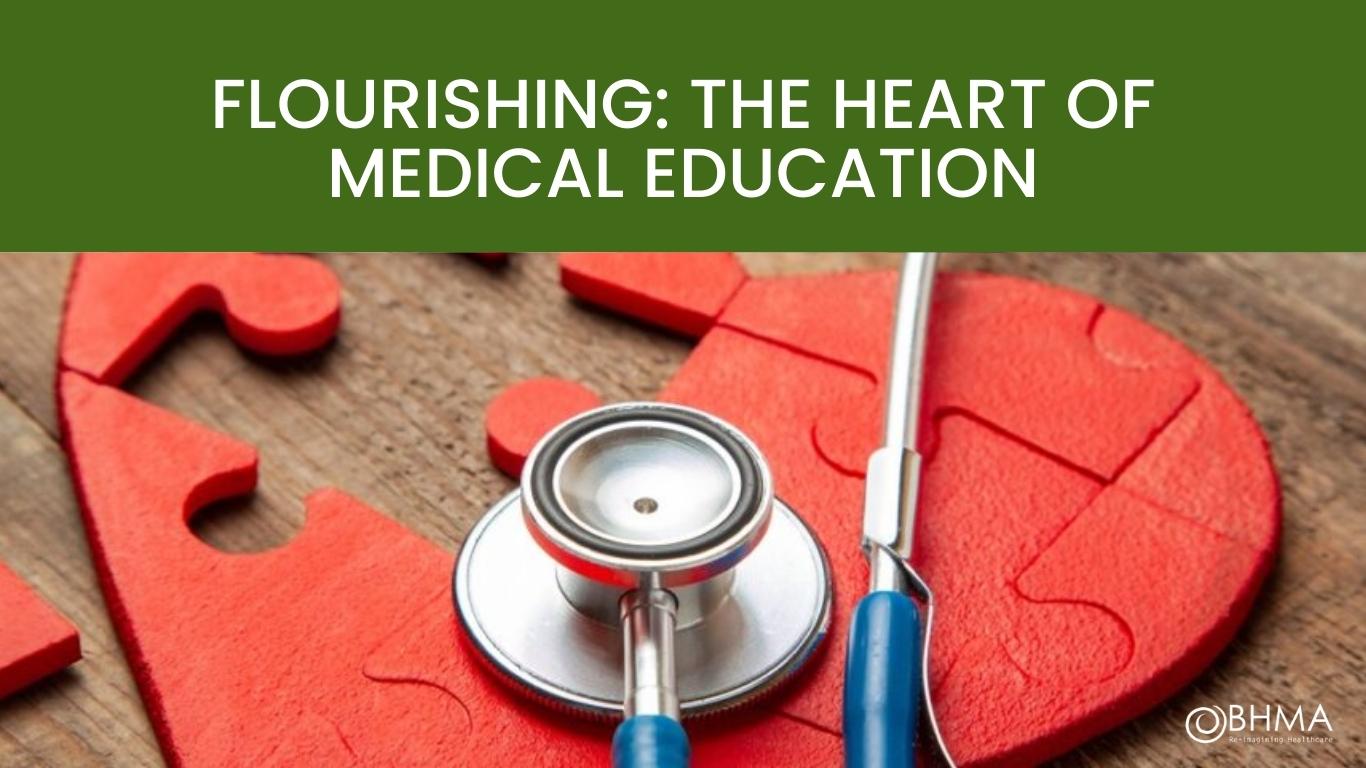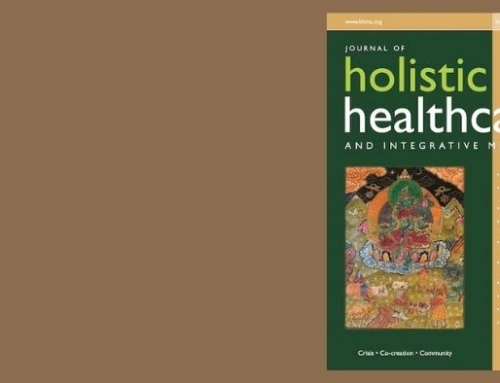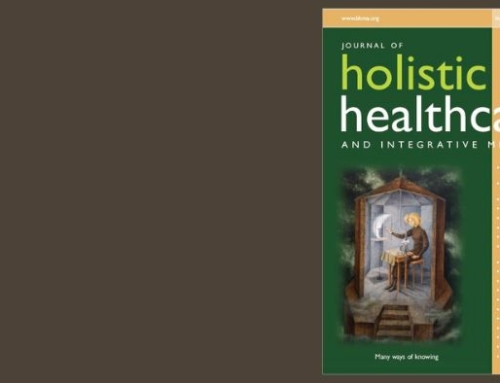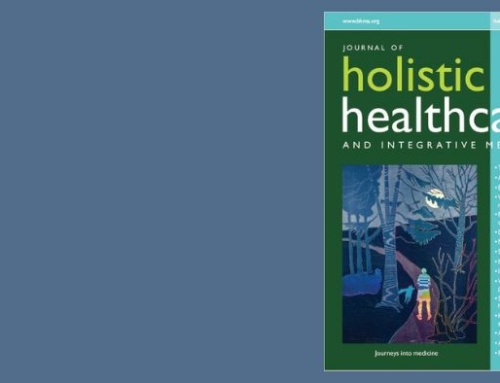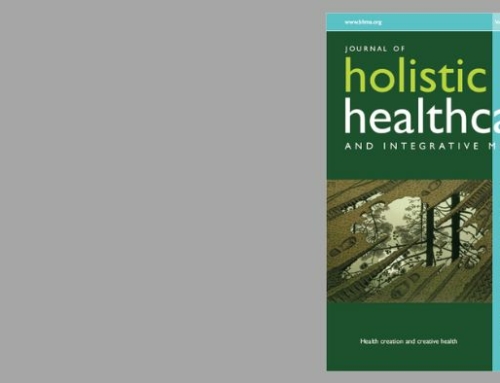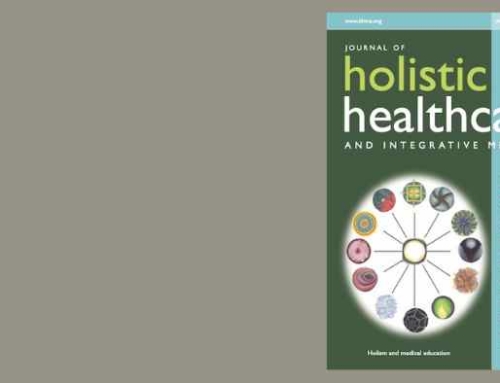Flourishing: the heart of medical education
David Peters, Editor-in-Chief
Louise Younie Editorial, Co-editor
Editorial
JHH 18.1 Flourishing in Medical Education
David Peters and Louise Younie
It’s clear that many doctors and nurses are not flourishing. Their work is emotionally demanding and mentally taxing, under ever-growing surveillance, constrained by guidelines and targets, in an industrialised fast-moving healthcare system where neither patients nor staff get to settle down for long. With a significant shortfall in both staff and funding, and professional’s mental wellbeing in decline, the Covid-19 pandemic has stretched colleagues and the whole NHS to its limits. Yet even as the storm still rages, we stand at a crossroads, for there is a new awareness of human needs, our vulnerability and a willingness to attend to health care professionals’ as well as patients’ wellbeing.
The emerging tip of this clinician and student burnout iceberg is set alongside all that the pandemic has taught us about human flourishing. We have been reminded that while we need food for the body, we also need food for the soul: relationships, community, altruism, contact with nature and with beauty. Witness the national outpouring of non-professional art-making – the rainbows, hearts and NHS slogans decorating houses up and down the UK, individual and community gardens set alight with flowers and vegetables and communities rallying in support of others. There is much to be celebrated: a new commitment to social prescribing in the NHS long-term plan; Arts Council England’s focus on health and wellbeing through culture and creativity (2020–2030) and the launch in March 2021 of the new National Centre for Creative Health (NCCH). Yet despite a growing body of research endorsing arts for health, woefully little attention has been focused on the arts or creative enquiry for health care practitioner or student wellbeing.
In his 1986 book The Illness Narratives, Arthur Kleinman points to medical education’s failure to help would-be doctors understand and engage with the realities of patients’ experience. So we are poorly prepared to be alongside patient suffering. And, as Kleinman reminds us, the objectifying biomedical gaze, so preoccupied with disease, leaves little room for humanity at either end of the stethoscope.
Late teenagers entering medical school and faced with their own and others’ traumatic experiences must somehow learn to swim – apparently unemotionally – in dangerous waters of distress and suffering. How well our future doctors adapt then shape the rest of their lives and careers. In a very real sense medical education serves as a rite of passage, but it is one that can render students not just less able to be present with patients’ experience, and somewhat bereft of imagination, but also cut off from vital wellsprings of creativity and self-awareness.
The arts and humanities offer experiential and practical ways of knowing, opening doors through which to notice and represent powerful and significant encounters in safe and memorable ways. This kind of inquiry invites us to hold these moments imaginatively and value them, slowing perception down, summoning emotional expression, welcoming ambiguity and unfolding multiple perspectives. The arts facilitate learning, growth and the reframing of experience. In medical education the arts have been found to sharpen observation skills, reflection, critical thinking, and communication. They can serve more humanistic intentions too – for practitioners’ coping with grief and uncertainty, for pondering the meaning of illness or the traumas and rewards of doctoring.
This issue of JHH argues for more artfulness and a greater role for arts in medical education. It celebrates the capacity to flourish despite working in the turmoil and uncertainty of healthcare, where we meet and serve at extraordinary moments in other people’s lives. Our model of educating for flourishing doesn’t revolve around making individuals ‘resilient’ enough to bounce back from trauma. Its developmental focus is rather the ability to engage with and relate to self and the other, grow the capacity for meaningful expression, honest reflection and a sense of meaning and purpose. As one student said, ‘flourishing is a kinder way to grow than resilience’. We hope the art and writing presented here illustrates what can be achieved when this innate faculty for creative reflection is encouraged.
On behalf of the BHMA we are inviting medical teachers to come together to form a Faculty of Flourishing. The faculty will be a forum where we can share ideas and practices for learning and teaching about how to flourish and grow in wisdom. We will be announcing an online invited symposium later in the year. Members involved in teaching medical students or practicing doctors can join the evolving conversation on the BMHA website.

